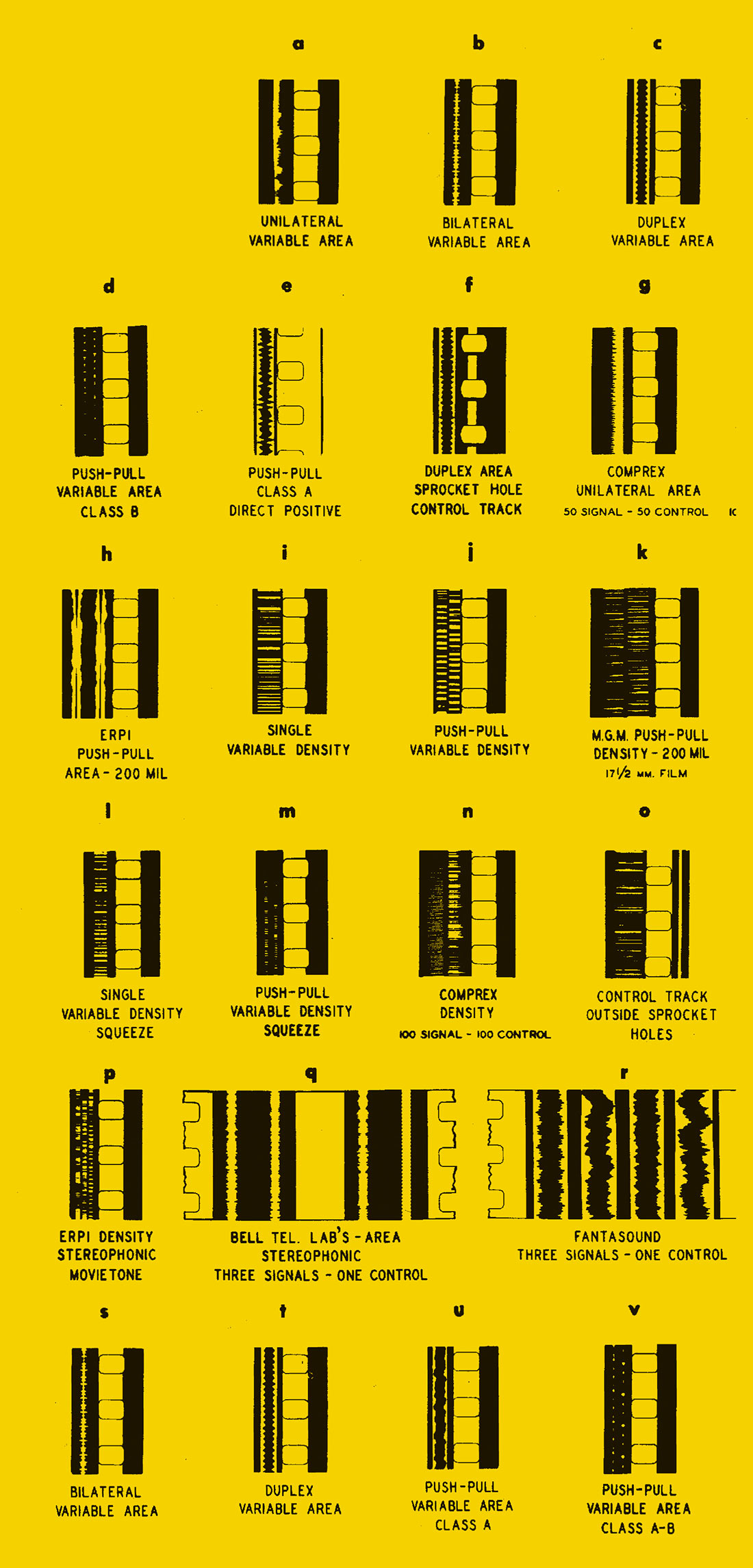Prolific inventor Laurens Hammond was granted a patent for the spring reverb in 1939, and in the decades that followed, Hammond incorporated this novel artificial reverberation device in the organs that were being sold to the many small churches throughout the U.S. that were notably not cathedral-like in their acoustics. In 1961, Fender started selling a separate reverb unit that utilized a Hammond-sourced reverb tank, before introducing a guitar amp with an integrated reverb in 1963. During those years, Dick Dale pioneered the "wet" effect of spring reverb on electric guitar — the sound of getting deep in the barrel of a wave. It was the sound of liquid, and I would argue, saltwater.
But how am I going to easily get this definitive sound on elements other than the guitar recorded through the Fender amp on my mix? The Radial Engineering Tank Driver is a 500-series module that interfaces your pro audio gear with your guitar amp's spring reverb tank. In essence, it turns any spring reverb tank into an outboard effect with transformer-coupled, Class A circuitry and balanced line-level I/O.
On the front panel of the Tank Driver module is a simple set of controls and a pair of 1/4'' jacks for interconnection to a reverb tank. (Alternatively, if the module is mounted in a Radial Engineering Workhorse rack, the Workhorse's rear-mounted TRS Omniport can be used in lieu of the 1/4'' jacks.) A Drive pushbutton sets the output level of the reverb send amplifier. The reverb receive amplifier is followed by a two-band EQ with knobs for Shimmer and Boom. Shimmer is a high-frequency shelf that can brighten up or darken the tone. Boom is a high-pass filter that can vary the amount of deep bloom and girth. And lastly, there's a Blend knob for changing the wet/dry mix.
I have had my Tank Driver for over a year now, and I love it. Once you dig into this realm a bit, you'll discover many affordable spring reverb tanks of various sizes and types, and you will want to take several for a spin. Accutronics reverb tanks are still being manufactured (now in South Korea) and are readily available. If my memory serves me, I paid about seventeen bucks for one. I screwed it down to a 2×4 I had laying around and stuck it behind the 500-series rack housing my Tank Driver.
I recently mixed a record for Seattle's classic-sounding soul band The Dip and used the spring unit from my Fender Princeton almost exclusively for the reverb. Vocals, guitars, horns, and drums all benefitted from the classic, unique, and downright funky tone the Tank Driver and spring combo imparted. For vocals, I especially liked it coupled with a touch of slap echo. The band liked the vintage tone the spring brought to their already classic songwriting and arrangements.
"But I don't mix old school soul," you say. How about dub or reggae? For that ubiquitous snare boing on classic dub tracks, nothing sounds like the real thing. I have all the plug- ins, but a real spring reverb, especially one pulled from an amp, misbehaves. It clangs and occasionally sounds out-of- tune, and it's sometimes just the X-factor needed to make the ordinary special.
Okay, okay, so... no horns, no soul, no Haile Selassie I, Jah Ras Tafari? Even for modern music mixes, the ability to utilize this unique reverb tone is worth the price of admission. Spring reverbs have long been the "secret weapons" of many great engineers, and the Radial Engineering Tank Driver has made mixing with your guitar amp's spring reverb (or even just a bare spring reverb tank) a walk to the beach.




_disp_horizontal_bw.jpg)